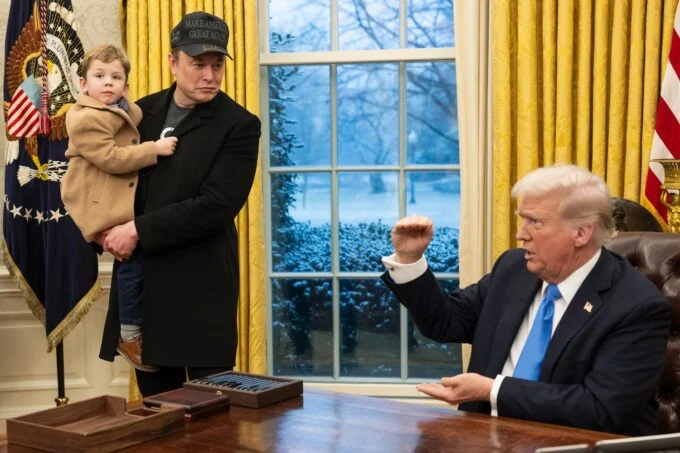Musk Steps Down from DOGE Role
Elon Musk announced his departure from the Department of Government Efficiency (DOGE) on May 29, 2025, ending his stint as a special government employee.

His exit follows months of controversy and legal battles. Musk cited a need to focus on his companies, including Tesla and SpaceX, as he steps back from Washington.
Background of Musk’s DOGE Involvement
Musk joined the Trump administration in January 2025 to lead DOGE, a task force aimed at slashing federal spending. Tasked with cutting government bloat, Musk promised savings of $1 trillion.
He worked closely with President Trump, spending significant time in D.C., including sleeping in the Lincoln Bedroom. His role sparked debate due to his business ties and influence.
Why Musk Left DOGE
Musk’s departure coincides with Tesla’s struggles, including a 71% profit drop in Q1 2025. He faced backlash for alienating Tesla’s core customers through his Trump alliance. Musk said his 130-day limit as a special government employee ended in May.
He plans to refocus on his businesses, citing reputational damage from his political role.
Criticism of Musk’s DOGE Tenure
Musk’s DOGE actions drew sharp criticism. Marketing expert Scott Galloway called it “one of the greatest brand destructions” for harming Tesla’s reputation.
Critics, including Bill Gates, warned that cuts, like dismantling USAID, could cause global harm. Federal unions and Democrats labeled the layoffs chaotic and unlawful. Public opinion polls showed strong disapproval of Musk’s methods.
Court Cases Against DOGE
Musk’s DOGE faced numerous legal challenges. A federal judge blocked sweeping layoffs at over a dozen agencies, citing disruption to public services.
Another court restricted DOGE’s access to sensitive Social Security data, raising privacy concerns. A California lawsuit aims to undo Musk’s mass firings, arguing they violate executive authority. The Supreme Court is reviewing several related cases.
Major Decisions Under Musk’s DOGE
Musk’s DOGE slashed billions in federal spending, claiming $175 billion in savings, though critics dispute this. It dismantled USAID, halted clean energy and Medicaid funding, and cut 260,000 federal jobs via buyouts and layoffs.
DOGE introduced software to speed layoffs, dubbed the “Workforce Reshaping Tool.” The team also canceled government contracts, sparking legal pushback.
Trump Administration’s Response
President Trump downplayed Musk’s exit, emphasizing DOGE’s ongoing mission.
He defended his “big, beautiful bill,” which Musk criticized for increasing the deficit.
Trump said the bill, passed by the House, will be negotiated in the Senate. The administration insists DOGE will continue, with staff embedded in agencies, despite Musk’s departure. Trump also halted some regulatory probes into Musk’s companies.
Elon Musk’s exit from DOGE marks the end of a controversial chapter in the Trump administration.
His ambitious cost-cutting vision, while impactful, stirred legal and public backlash. Critics argue the savings came at a high cost to government services and his own brand.
As Musk refocuses on Tesla and SpaceX, DOGE’s future remains uncertain, with ongoing court battles and Senate negotiations looming. The Trump administration, however, remains committed to its efficiency drive, signaling that Musk’s influence may linger in Washington despite his departure.


 Neuralink to Begin Human Brain Chip Trials in the United Kingdom
Neuralink to Begin Human Brain Chip Trials in the United Kingdom  Trump Demands US Attorney General Share Epstein Data
Trump Demands US Attorney General Share Epstein Data  Trump Claims ‘Inflation Is Dead’ but June Surge Signals Otherwise
Trump Claims ‘Inflation Is Dead’ but June Surge Signals Otherwise  Has Trump Sided with Ukraine Over Russia in the War?
Has Trump Sided with Ukraine Over Russia in the War?  What’s Behind Elon Musk’s Jab at Gates Over USAID
What’s Behind Elon Musk’s Jab at Gates Over USAID